Chicago Fed President Charles Evans said yesterday, “there’s benefits to adjusting the pace (of tightening) as soon as we can.”
“I’m hopeful that we’re getting to a point where the dynamics for inflation turning over and returning towards our 2% objective will be put in place, if not very soon, soon, and we’ll actually see it in inflation,” he said.
“If you don’t begin to think about adjusting the pace, taking account of lags, and you just keep increasing rates by a large amount every time you get a disappointing report,” then “next thing you know, you’re at a very high federal funds rate.”
“I’m going to continue to be nervous that, as we go higher than that, it could be that the economy is going to face more challenges, and that that could present risks on the ‘real’ side, the full employment mandate,” he said. “It’s a risk.”




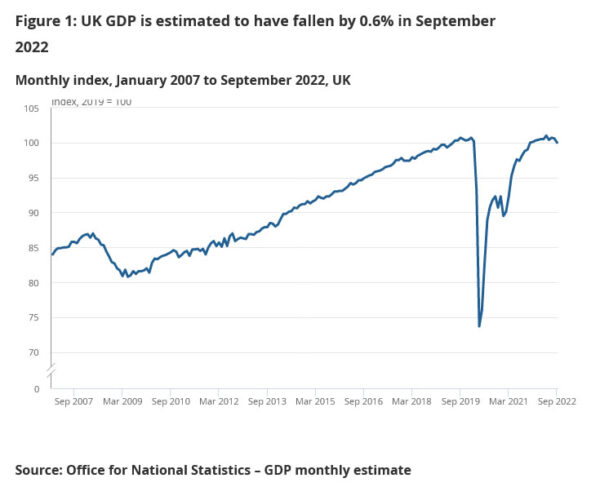


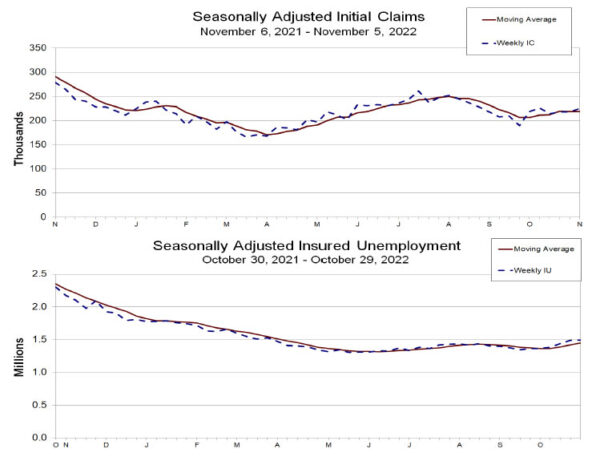
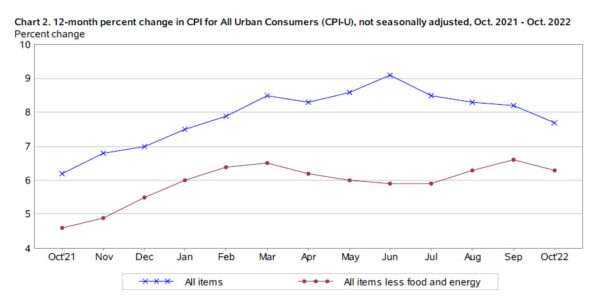
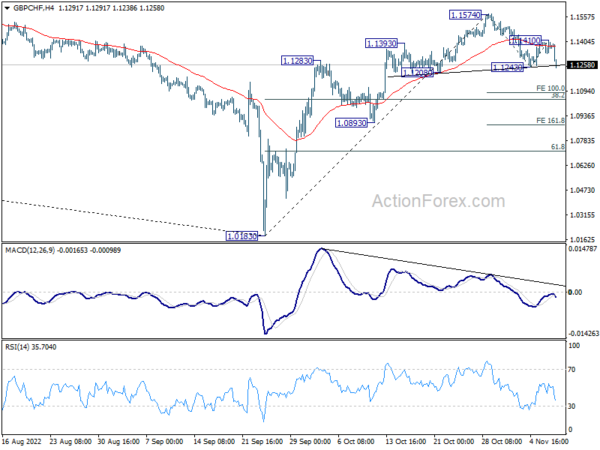
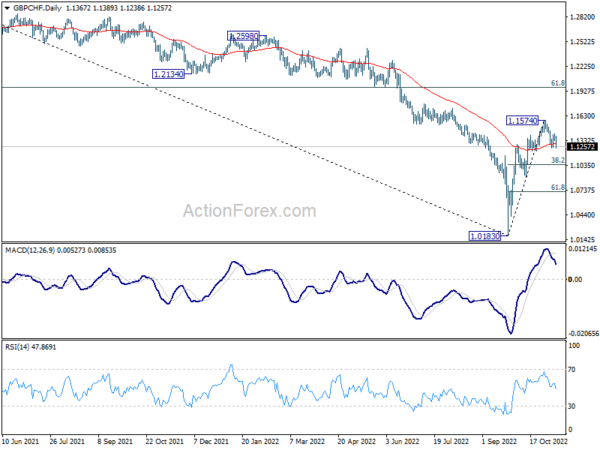

UK NIESR: GDP growth to be flat in Q4, but contraction risk elevated
UK NIESR said, today’s data confirmed a “production-driven contraction in GDP in Q3. It’s expectation GDP growth to be flat in Q4.
However, “given that October PMIs recorded figures below the neutral 50 for both the services and manufacturing sectors, consumer and business confidence is plummeting, and higher-than-expected inflation and interest rates continue to squeeze budgets, the risk of a contraction in GDP in the fourth quarter of this year remains elevated, NIESR said.
“Whether the Chancellor’s upcoming Autumn Statement will alleviate or aggravate current recessionary risks will become clearer next week.”
Full release here.